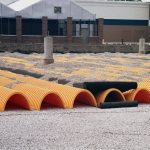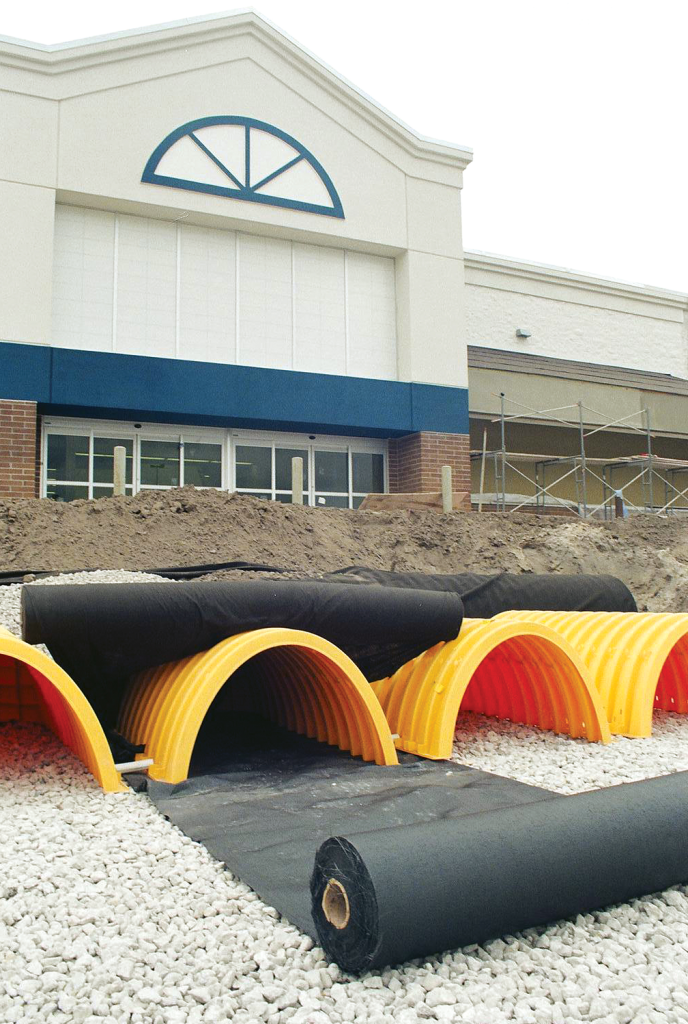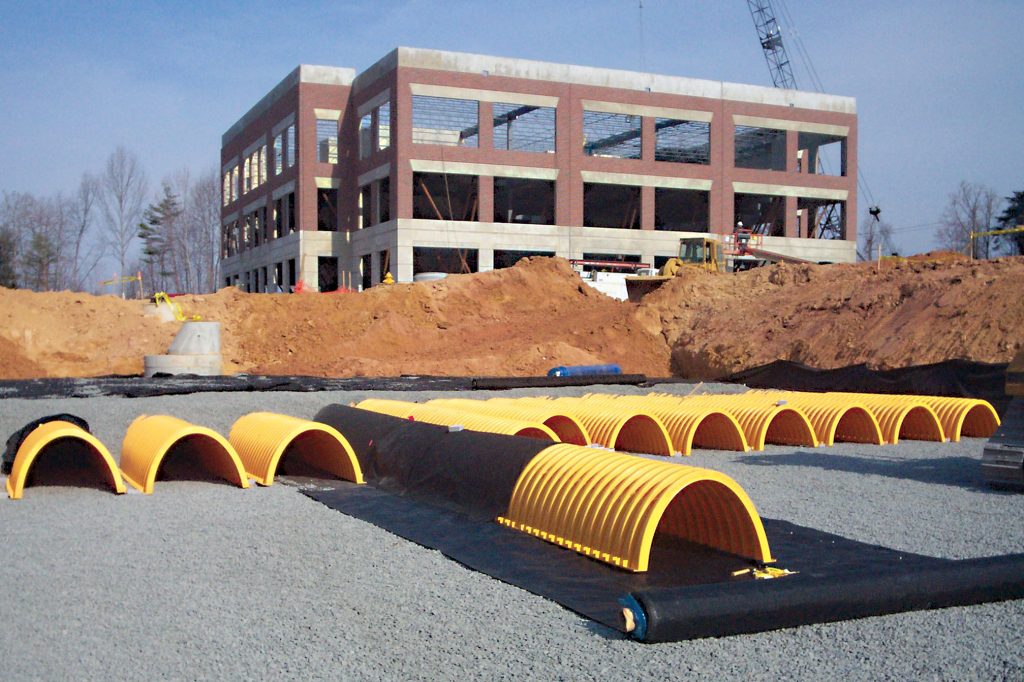Monthly Archives: March 2024

Water Quality and Data: A Matter of Trust
SuDS designs must consider water quality and water quantity in parallel – and use robust design data to avoid problems for asset owners, warns Stuart Crisp, UK manager at Advanced Drainage Systems (ADS).
SuDS design is becoming ever more complex. There’s a growing awareness that we must look after our water quality more carefully, backed up by policy such as the Plan for Water, published last year.
Where there are risks that surface water will carry pollutants, it must be treated, whether using natural or proprietary components, to reduce them to where they are not considered harmful to the environment. Where pollutant loads are low, natural vegetative SuDS may be able to do that job. Where they are higher, some form of manufactured treatment may be needed.
The asset owner needs to be assured that all the components of a SuDS system will perform as designed in relation to water quality as well as water quantity – and that they will continue to do so over the lifetime of the development. That includes ensuring that the data related to the pollutant removal capability of those components is robust. Otherwise, there is a risk that an asset becomes a liability.

Designing for water quality
The CIRIA SuDS Manual C753 suggests a risk-based approach for designing water quality in SuDS management trains – the series of components that make up the drainage system. It provides pollution hazard indices for different types of site, and for three forms of pollution: total suspended solids (TSS), metals and hydrocarbons. It also gives mitigation indices (MIs) for natural SuDS components.
The designer must then select components whose combined MIs meet or exceed the pollution hazard indices for the predicted pollutants, noting that only 50% of the published MI value can be used for components downstream of the first treatment stage.
For manufactured components, British Water’s 2022 how to guide, Applying The CIRIA SuDS Manual (C753) Simple Index Approach To Proprietary Manufactured Stormwater Treatment Devices, provides a method for calculating mitigation indices for TSS, metals and hydrocarbons. This allows manufacturers of treatment devices to publish their MIs to a recognised methodology and designers can select the right combination of elements in a SuDS management train using reliable data, verified by a third party, to meet the pollution hazard indices of a development area.

Adopting a problem
Although it now looks like Schedule 3 of the Flood and Water Management Act 2010 may not be activated until 2025, England will need to meet more demanding requirements for water quality. At this point, the body adopting the SuDS must ensure that they are taking on something that performs as claimed over the whole of its lifetime.
Our advice would be to do due diligence to determine how MIs have been derived, what methodology was applied and to insist that the process and results have been verified by a third party expert.
For more information on Advanced Drainage Systems, visit www.adspipe.co.uk.



